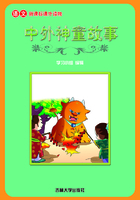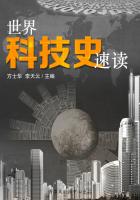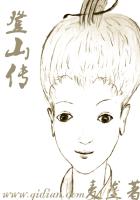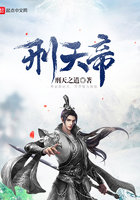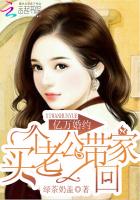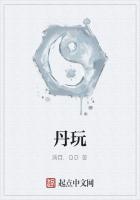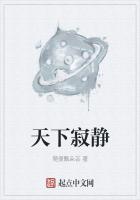The skins of many animals provide the material for making leather. Before we can properly understand what leather is, and how it is made, we must know something of the structure of the skin itself. We have already learned that the skin of all mammals consists essentially of two layers, one above the other. The outer layer is called the scarf-skin, epidermis, or cuticle; the under layer is the cutis, dermis, or true skin.
The cutis or true skin is composed of a mass of fibers, crossing and recrossing each other in all directions, the spaces between the fibers being filled up with gelatine, nerves, and blood-vessels. We usually speak of it as fibrous tissue. It is this fibrous tissue of the true skin which provides the material for leather.
If a skin be taken from an animal and thrown aside in a damp place, it will soon begin to smell badly and decay, for the gelatine in it has a strong tendency to putrefy when wet. But if the skin be at once hung up in a dry place, it shrinks and becomes horny and stiff, as the gelatine in it dries and hardens. The dried skin, however, would not only become soft again if it were soaked with water,but would soon begin to putrefy and rot away. A piece of leather, made from the same skin, loses this tendency to putrefy, increases in thickness, and, at the same time, becomes waterproof. It will be our business now to learn how the manufacturer is able to effect these changes in the skin.
The skins of animals used for leather are known as hides or pelts. It must be carefully borne in mind that only the fibrous matter of the true skin is of use to the manufacturer. The hair, the whole of the epidermic layer, and all particles of fat and flesh, must be removed. The hides are first soaked for abouta fortnight in water, after which they are taken out and thrown into tanks of lime-water, where they are allowed to remain for about ten days. The lime hasthe effect of loosening the hair and the epidermis on one side, and the particles of fat and fleshon the other. When they have soaked sufficiently they are taken out and scraped with knives on both sides to remove all these useless parts.
The next thing is to get rid of every particle of the lime, for that would be injurious. This is usually done by soaking the hides for about a week in tanks containing fowls" dung and water. This solution absorbs all the limefrom the skins, and leaves them soft and supple.
They are now ready for the tanning process. The bark of many trees contains a peculiar substance called tan or tannin. The best tan is obtained from the bark of the oak or hemlock, but other kinds are sometimes used. A preparation is made by grinding the bark in a mill, and steeping the powder in water.
The prepared hides are thrown into the tanpits-great tanks in the ground-which are filled with the prepared barb-liquor-or ooze, as it is called-and there they are left to soak for four or five months. The object is to make the tannin of the bark unite with the gelatine of the skins. This converts the skins into actual leather. The longer they are allowed to remain in the tanpits the better, for it is necessary that every particle of the gelatine shall be acted upon by the tannin, if the leather is to be of good quality.
The hides, when sufficiently tanned, are taken out of the pits, washed and laid out to dry in open, airy lofts, after which they are hammered, and rolled between heavy rollers to harden them.
The thin skins, which are required for upper leathers of boots, are dressed with oil and tallow, and then rubbed and rolled with heavy rollers to give them a smooth surface. After this they are treated with a dressing of lamp-black and tallow, and rubbed and smoothed andpolished again. This process is known as currying.
There is a great variety of quality even in the different parts of the same hide. The skin, as it is taken from the animal, is styled the crop or full hide. After it is tanned and dressed, it is cut up into the butt and the offal. The butt is the best portion of the leather; the offal consists of that part of the skin which covered the shoulders, neck, belly, cheeks, and face of the animal. Thus in a single ox-hide we have five distinct qualities of leather, varying invalue from two shillings a pound to ninepence.
Bull-hide, bullock-hide, and cow- hide are ver y thick, strong, and durable. They are mostly used for the soles of boots and shoes, and for harness-making. Calf- skin is usually employed for the best upper leathers for boots.
The hides of the animals while in the state of transition from the calf to the fully-grown ox are known as kips. They make a very valuable leather, almost as fine as calf- skin, but stouter and more durable.
The hide of the horse is remarkably thin, but when tanned and curried it makes a very valuable leather, which is used chiefly by the harness-maker. Pig-skins are tanned into a leather for covering saddles.
England"s annual home products of hides and skins of all sorts are valued at about ?7,000,000 sterling, but they import largely from all parts of the world, the total value of their imports being about ?10,000,000 sterling.
Of this amount the South American States contribute by far the largest share. India and the Straits Settlements stand next, but England also import hides from the United States, the South African and Australian colonies, and from several countries in Europe. Buenos Aires, the great South American seaport, ships annually about 3,000,000 hides; Monte Video, another port almost as large, exports about 1.5 millions, and Brazil furnishes about the same number.
The vast, grassy steppes of Russia are the home of immense herds of horned cattle. It is estimated that upwards of 20,000,000 hides and skins of all sorts are obtained every year from these regions. Some of them are exported, but the greater part of the supply is tanned and dressed by the Russians themselves for their own use.



